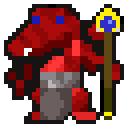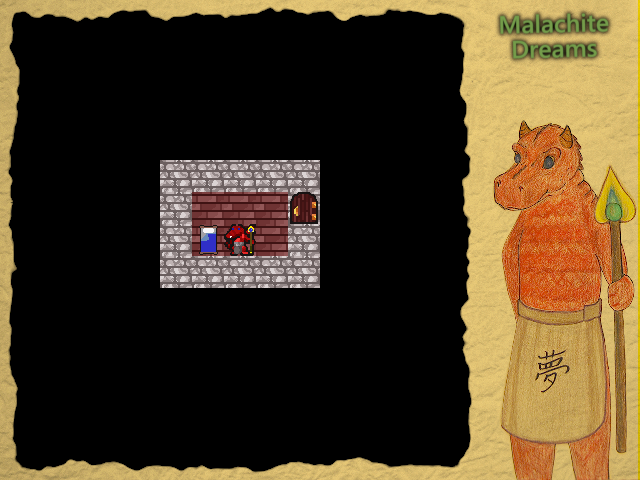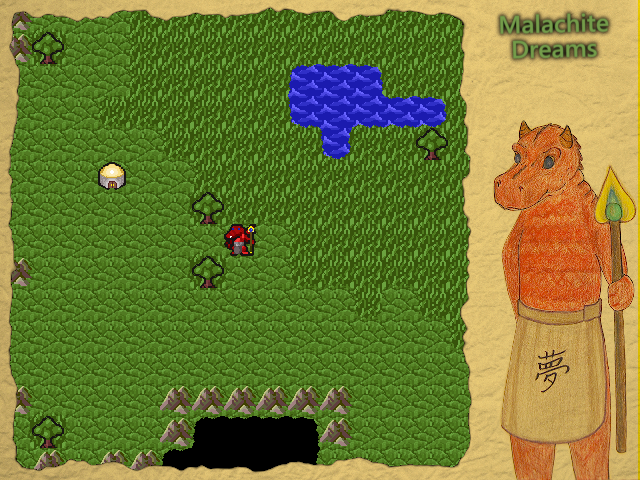
Malachite Dreams


|
Malachite Dreams |

|

Malachite Dreams is a Seven Day Roguelike written by Jeff Lait.
You can get the most recent version here.
This provides a Windows executable versions and a 64bit Linux executable version along with the source for those brave enough to try and build it from scratch.
The Malachite Tower is revered throughout the land as the pre-eminent wizardry school for transformation and alteration magic.
You are a young red-dragon wizard who wishes to acquire the green robes of a Master of Transmutation; both because you have a long abiding interest in this field of magic and because you think the colour green would complement your scales.
Entry into the storied halls of the Malachite Tower is not so easy, however. When a wizard seeks entry to the school, they are given a magical talisman. This talisman can send them into a dream world. If they manage to exit that world, they gain entrance! If they don't? Well, they simply never wake up.
Your study and preparations are complete. Good luck!

A 7DRL is supposed to be completely done at the end of the seven days. However, this should not mean one does not make small fixes.
March 17th, 2013
The original 7DRL version can be found here.
Licensing the Simple DirectMedia Layer library The Simple DirectMedia Layer library is currently available under the GNU Lesser General Public License (LGPL) version 2 or newer. This license allows you to link with the library in such a way that users can modify the library and have your application use the new version. The GNU LGPL license can be found online at: http://www.gnu.org/copyleft/lgpl.html To comply with this license, you must give prominent notice that you use the Simple DirectMedia Layer library, and that it is included under the terms of the LGPL license. You must include a copy of the LGPL license. You must also do one of the following: 1. Include the source code for the version of SDL that you link with, as well as the full source or object code to your application so that the user can relink your application, or 2. Include a written offer, valid for at least three years, to provide the materials listed in option 1, charging no more than the cost of providing this distribution, or 3. Make the materials listed in option 1 available from the same place that your application is available. The most common way to comply with the license is to dynamically link with SDL, and then include the SDL source code and appropriate notices with your application. Embedded Use: Personally, I don't have a problem with anybody statically linking SDL for use with embedded environments that don't already have an open development environment. (i.e. the users can't relink programs anyway) However, this does technically violate the LGPL, so be cautioned.